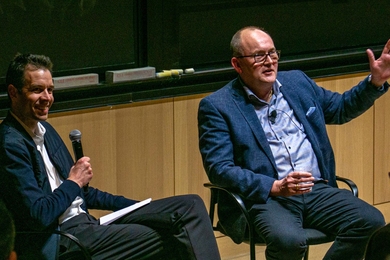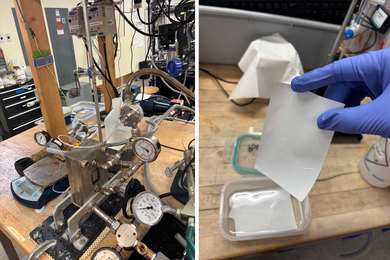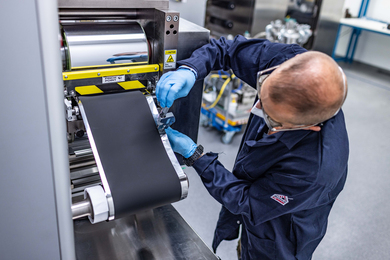Study: Burning heavy fuel oil with scrubbers is the best available option for bulk maritime shipping
Researchers analyzed the full lifecycle of several fuel options and found this approach has a comparable environmental impact, overall, to burning low-sulfur fuels.














